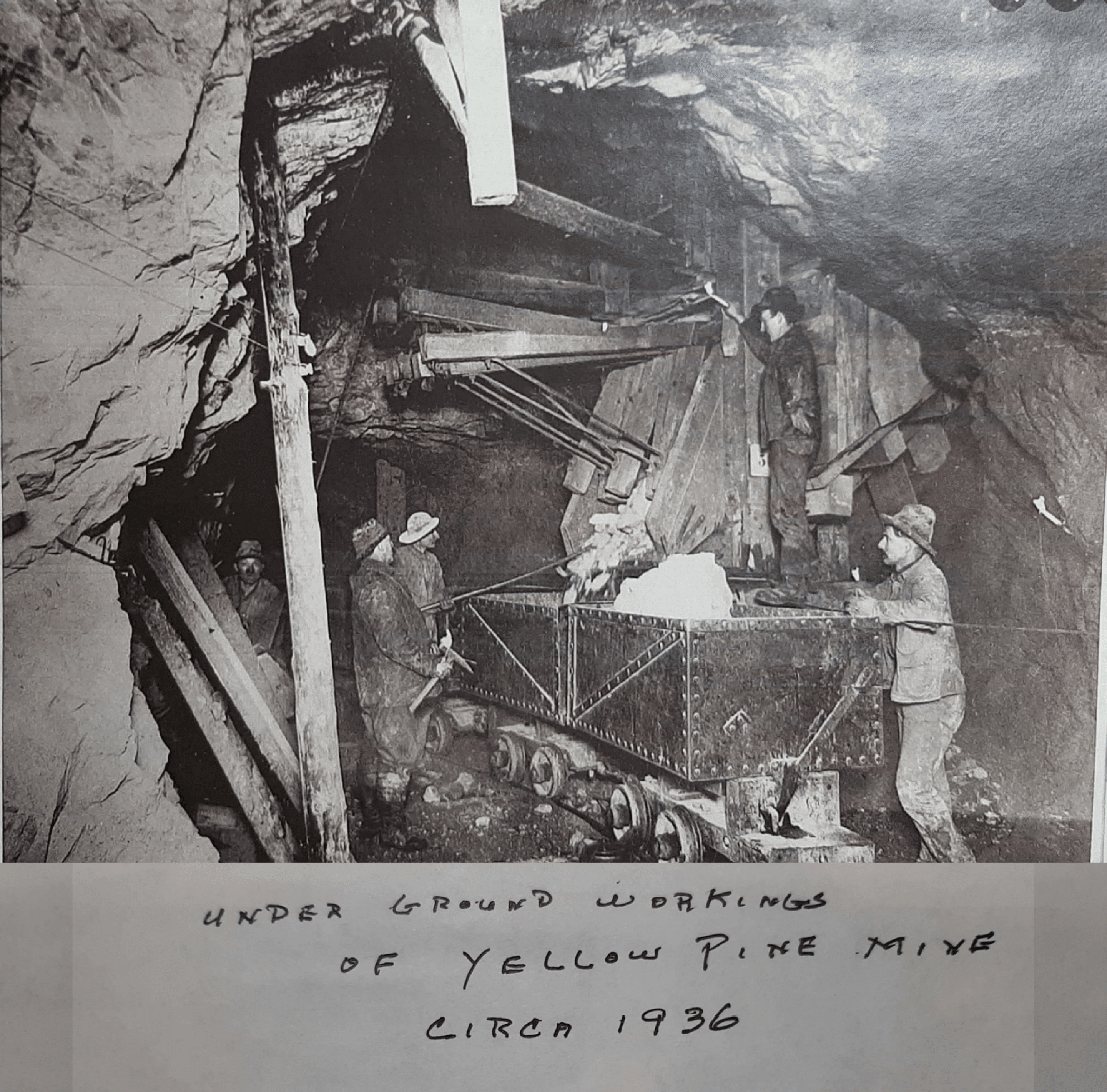19th century Valley County
A Rich History
What was life like in the early days of Valley County? Relish in the history of Idaho, Witness the ways people traveled, recreated, worked, and lived in this photo essay of 19th century Idaho.
Photographs used by permission from the following Valley County pioneer women:
- Marilyn Kerby Callendar Whitson
- Frances Kerby Coski
- Eileen Scott Evans
- Eleanor Morgan Manning
- Donna Morgan Peterson

Settlements
and Homesteading

Rural Communities
Each was a center of local commerce, a source of community pride, and each provided a network of social and familial relationships.
A number of local mills supplied lumber for the growing communities. Land, water and timber from the wilderness provided the raw materials needed for these rural communities. Here are several Settlements that were present in the early 19th century.




Transportation
Methods

Daily Commute
Prior to 1905, the majority of people travelled by wagon. They would travel East along the Payette River, North through Sweet and Ola, up through High Valley, Cross the Payette River at Smith’s Ferry, and over the hill to round valley or further north to Long valley on the east of the river. As the Pacific and Idaho Northern tracks worked their way up the Payette River Canyon in 1913 and 1914, businesses in Thunder City, Crawford, Van Wyck and Roseberry moved to the new towns of Cascade and Donnelly which were located on the rail line.









Timber and
Mining

A Growing Industry




Eureka!



Indigenous
People

The Native Inhabitants





Recreational
Activities

Recreation








